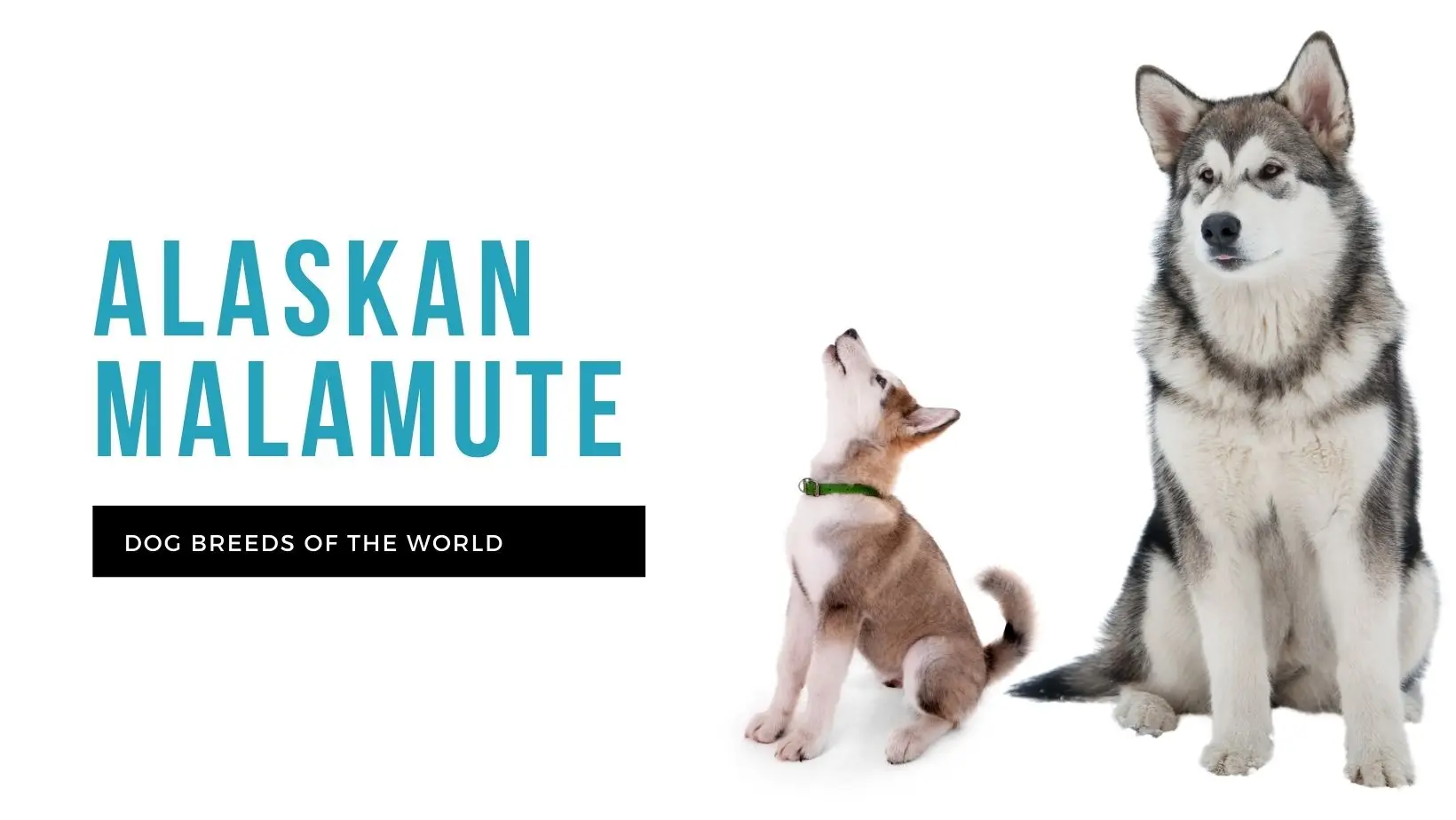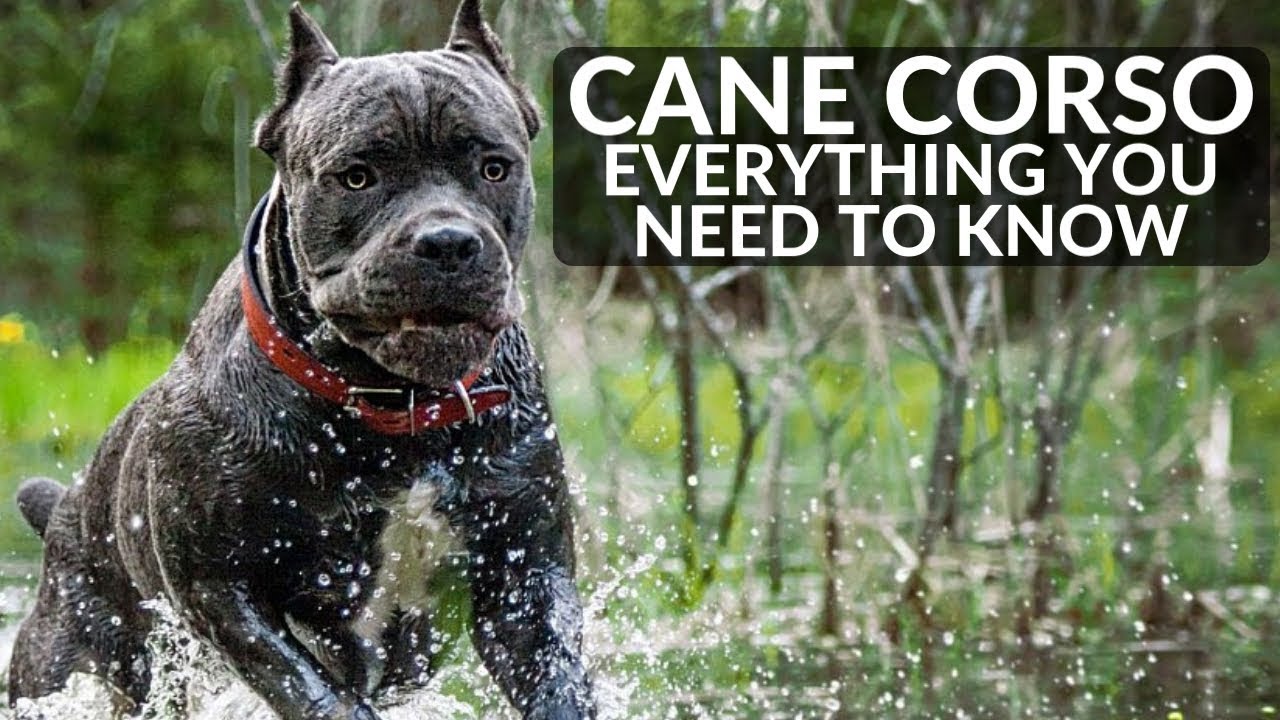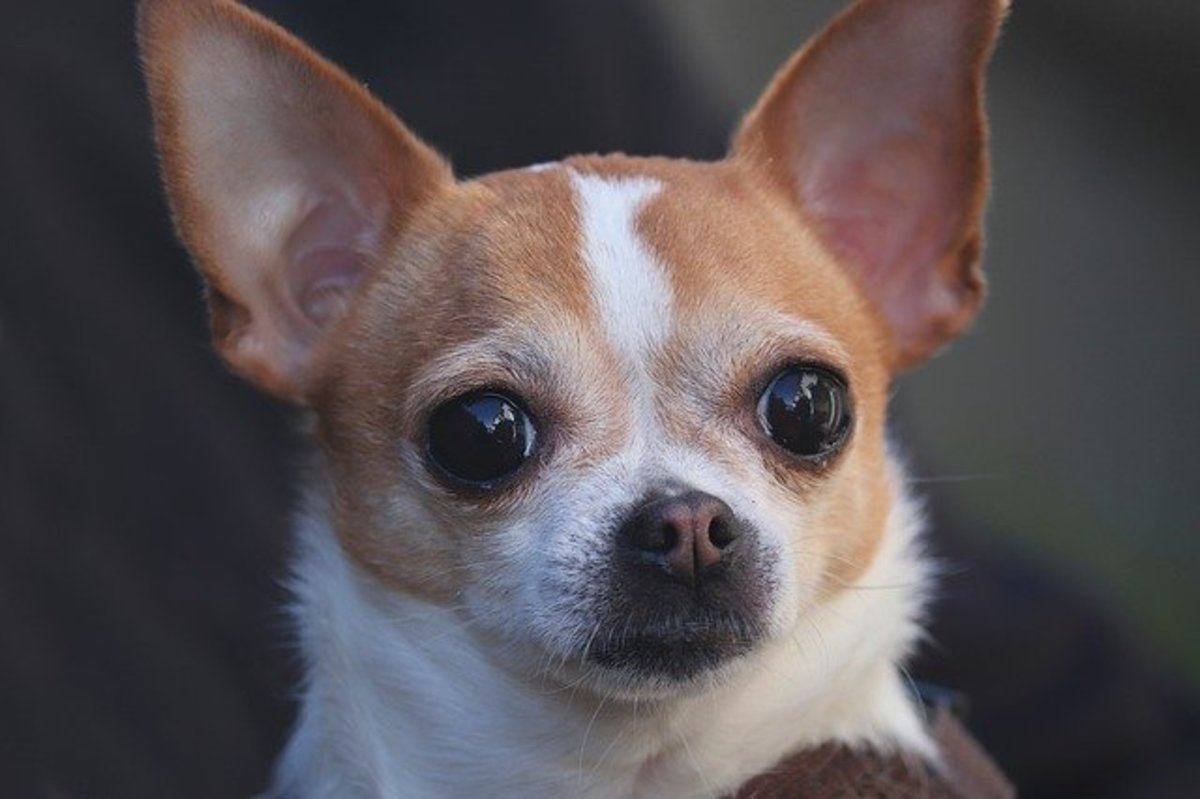Alaskan Malamute: The Ultimate Guide to This Majestic Arctic Breed
The Alaskan Malamute is one of the oldest and most powerful Arctic sled dog breeds, known for its strength, endurance, and wolf-like appearance. As a loyal companion and a working dog, the Malamute is both a beauty and a beast—perfect for experienced dog owners who can match its energy and leadership needs. In this comprehensive guide, we’ll explore everything you need to know about the Alaskan Malamute, including its history, traits, care, training, pros and cons, and how to choose the right puppy.
Breed Overview
- Breed Name: Alaskan Malamute
- Origin: Alaska, USA
- Group: Working Group
- Life Span: 10–14 years
- Weight: 75–100 lbs (males), 65–85 lbs (females)
- Height: 23–25 inches
- Coat: Thick double coat (long and dense)
- Colors: Gray, black, sable, seal, red—all with white markings
- Temperament: Loyal, affectionate, independent, energetic
- Best For: Active owners, cold climates, experienced dog handlers
History and Origin
The Alaskan Malamute is named after the Mahlemiut Inuit tribe of Alaska, who originally bred these dogs to haul heavy loads across long distances in freezing temperatures. Unlike Siberian Huskies, which were bred for speed, Malamutes were bred for strength and stamina. They were integral to survival in Arctic environments, used for hunting seals and pulling sleds loaded with supplies.
Their heritage is deeply rooted in teamwork and resilience—traits still visible in modern-day Malamutes.
Physical Characteristics
Alaskan Malamutes are muscular, large dogs with a wolf-like face and a broad head. Their thick double coat protects them from icy weather, while their bushy tail curls over their back—a natural defense against frostbite when they curl up in the snow.
Notable Features:
- Powerful build: Built for strength, not speed.
- Facial markings: Often includes a cap or mask.
- Tail: Plumed and carried over the back.
Personality and Temperament
Despite their imposing appearance, Alaskan Malamutes are generally affectionate, friendly, and playful. They are pack animals, which makes them loyal but also sometimes stubborn or dominant if not trained properly.
Key Traits:
- Family-Oriented: Great with children and their “pack.”
- Stubborn: Requires consistent leadership.
- Energetic: Needs daily mental and physical exercise.
- Vocal: Known for howling rather than barking.
How to Care for an Alaskan Malamute
1. Exercise Needs
Malamutes require at least 1.5 to 2 hours of exercise daily. They enjoy:
- Long walks
- Hiking
- Running (especially in cool weather)
- Pulling weighted sleds or carts (urban mushing)
Without proper exercise, they can become destructive or depressed.
2. Diet and Nutrition
A high-protein diet is crucial for this active breed. Depending on size and activity level:
- Daily calories: ~1,500–2,500
- Food types: High-quality kibble, raw diets (BARF), or home-cooked meals with vet guidance.
Avoid overfeeding, as Malamutes can gain weight easily if under-exercised.
3. Grooming
Their dense double coat requires:
- Brushing: 2–3 times a week (daily during shedding seasons in spring and fall)
- Bathing: Once every 6–8 weeks
- Nail trimming: Monthly
- Ear cleaning: Weekly
Malamutes shed heavily, and owners should be prepared for “fur snowstorms” during molting seasons.
4. Health Care
Common health issues include:
- Hip dysplasia
- Hypothyroidism
- Cataracts
- Bloat (gastric torsion)
Regular vet checkups, vaccinations, and parasite prevention are essential.
How to Train an Alaskan Malamute
Training a Malamute takes patience, consistency, and leadership. They are intelligent but independent thinkers, which means they may challenge your authority if you’re not firm and fair.
Key Training Tips:
- Start early: Begin socialization and obedience training at 8 weeks old.
- Be consistent: Use positive reinforcement with treats, praise, and toys.
- Leadership matters: Establish yourself as the pack leader.
- Avoid harsh punishment: It can lead to distrust and aggression.
- Advanced training: Consider agility or sledding sports for mental stimulation.
Professional training or obedience classes are highly recommended for first-time Malamute owners.
How to Choose an Alaskan Malamute Puppy
What to Look For:
- Reputable Breeder: Ensure the breeder is registered with the American Kennel Club (AKC) or equivalent body and performs health screenings.
- Meet the parents: Temperament and appearance can be inherited.
- Check health records: Puppies should be dewormed, vaccinated, and vet-checked.
- Temperament testing: Choose a puppy that is curious, alert, and confident.
Red Flags:
- Puppies under 8 weeks old (too early to leave mom)
- No health certifications for parents
- Overly shy or aggressive puppies
If adopting from a shelter or rescue, ask for behavioral assessments and any known history.
Pros and Cons of Owning an Alaskan Malamute
✅ Pros:
- Loyal and Loving: Devoted to their families.
- Majestic Appearance: Striking, wolf-like features.
- Great for Active Owners: Enjoys outdoor activities.
- Intelligent: Quick learners when motivated.
❌ Cons:
- High Shedding: Not suitable for allergy sufferers.
- Can Be Stubborn: Requires experienced handling.
- Not Ideal for Hot Climates: Prone to heatstroke.
- High Prey Drive: May not get along with small pets.
- Independent: Can be difficult to train off-leash.
Price of an Alaskan Malamute
In the USA:
- Pet quality puppy: $1,200–$2,000
- Show quality or champion lines: $2,500–$4,000+
- Adoption from rescue: $200–$500
Additional Costs:
- Food: $60–$100/month
- Grooming: $50–$100/session (if using professionals)
- Vet care: $200–$500/year (routine)
- Insurance: $30–$70/month
This breed is not cheap to maintain, especially considering grooming, food, and potential health issues.
Is the Alaskan Malamute Right for You?
You may be a good match if:
- You have experience with large or independent breeds
- You have a secure yard and active lifestyle
- You live in a cooler climate
- You have time for daily grooming and training
You may want to reconsider if:
- You live in an apartment or hot climate
- You’re a first-time dog owner
- You want a low-maintenance or hypoallergenic breed
Final Thoughts
The Alaskan Malamute is a beautiful, powerful breed that offers unconditional loyalty and companionship—if you can meet its demanding physical and mental needs. Owning one is not just a commitment; it’s a lifestyle. With proper care, training, and attention, your Malamute can become an incredible member of your family.




